Millet Production in India – Types and Top Millet-Producing States
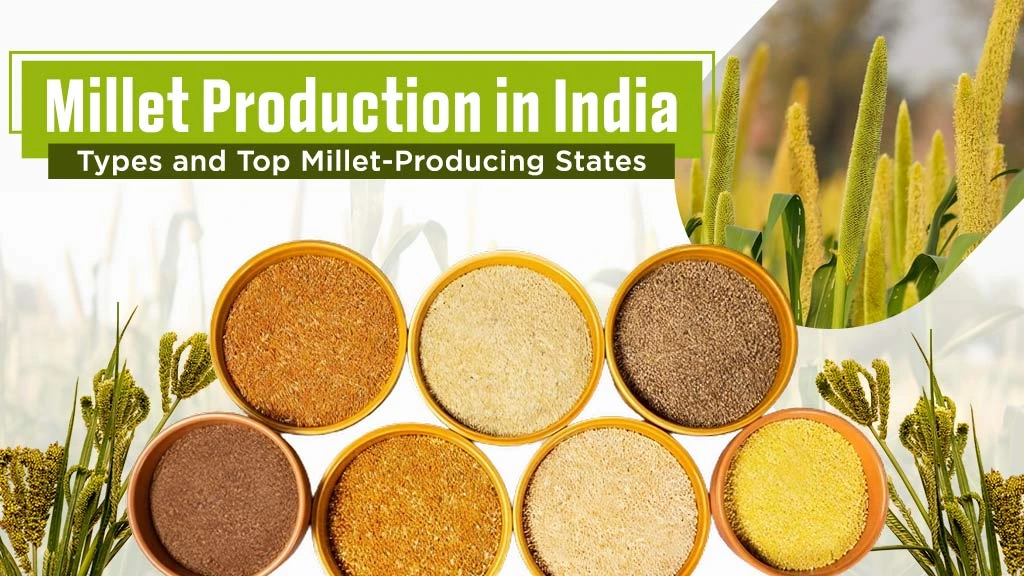
Table of Contents
- Overview of Millets
- What is the Status of Millet Production in India?
- What is the Importance of Millets for Farmers in India?
- What is the Nutritional Value of Millets?
- What are the Different Types of Millets in India?
- What are the Top Millets Producing States in India?
- Millets as a Key to Ensuring Food Security in India
Overview of Millets
The 'Millet' name traces its origin to ‘Milum’, which is Latin for grain. Millets are a group of Coarse cereals belonging to the Poaceae family. India has a long history of millet cultivation, and the famous Yajurveda text mentions these nutritious cereals. In fact, millet was one of the first crops domesticated as a food crop. Today, millets are popularly known as Nutri-cereals, super foods, and future crops because they are nutritiously rich, drought resistant, and low in glycemic index.
What is the Status of Millet Production in India?
Today, millets are grown in 131 countries worldwide, and India is the biggest producer of millets, with a 38.4% share in the global production. According to the APEDA under the Commerce Ministry, the total millet production in India in FY24 was 153.80 lakh tonnes, and the area under millet cultivation was 121.90 lakh hectares. The average yield per hectare for millets in India is 1,239 kg. India is also among the top exporters of millets globally, with an export volume of 1.46 lakh MT worth 70.89 million USD in FY24. The top importing nations include Nepal, UAE, Senegal, USA, Japan and Germany.
What is the Importance of Millets for Farmers in India?
Millets offer numerous ecological and economic benefits. They help improve the livelihoods of small and marginal farmers practising dryland farming in arid and semi-arid regions of the country.
- Millets have a short cropping season of 75 – 120 days.
- They can easily grow in low fertile soil and shallow terrains.
- They are highly adaptable to extreme temperatures and deficient rainfall.
- These crops are drought-tolerant, pest and disease-resistant.
- They are economical to grow as they require minimal fertilisers and pesticides.
- They require less investment, minimal storage conditions, and have prolonged shelf life.
- By offering multiple harvests in a year, they provide sustainable livelihood and assured income.
What is the Nutritional Value of Millets?
Millets are highly nutritious and have high amounts of fibre, calcium, protein and carbohydrates. Thus, millets also provide numerous health benefits to consumers as they are rich in antioxidants and micronutrients. Some health benefits include aiding in weight loss, boosting immunity, helping in diabetes management, and improving digestion, among others.
|
Crop (100 g) |
Calcium (mg) |
Iron (mg) |
Minerals (g) |
Fibre (g) |
Protein (g) |
|
Barnyard millet |
11 |
15.2 |
4.4 |
10.1 |
11.2 |
|
Little millet |
17 |
9.3 |
1.5 |
7.6 |
7.7 |
|
Kodo millet |
27 |
0.5 |
2.6 |
9 |
8.3 |
|
Proso millet |
14 |
0.8 |
1.9 |
2.2 |
12.5 |
|
Foxtail millet |
31 |
2.8 |
3.3 |
8 |
12.3 |
|
Finger millet |
344 |
3.9 |
2.7 |
3.6 |
7.3 |
|
Pearl millet |
38 |
16.9 |
2.3 |
1.3 |
10.6 |
What are the Different Types of Millets in India?
India, with its varied climate and soil, is ideal for cultivating different types of millets. These millet varieties differ in colour, appearance, texture, grain size and species. The cultivation of almost all millet varieties requires medium water, medium sunlight and soil with pH values ranging from 4.5 - 8.
Bajra
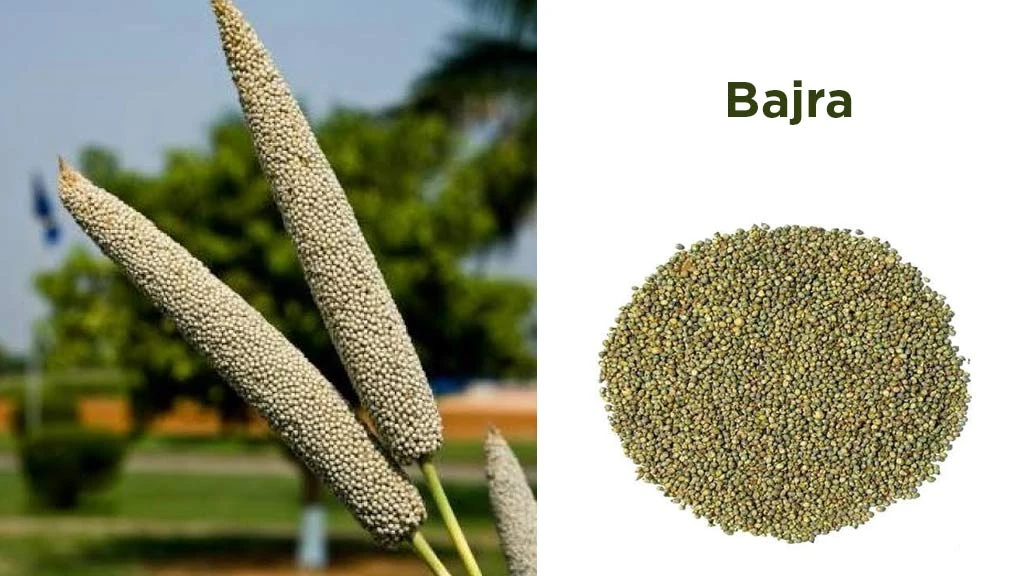
Bajra is also known as pearl millet, and its scientific name is Pennisetum typhoids. It is the most cultivated millets in India. In 2022-23, it contributed 66% to the total millet production in India. Among the Top Bajra Producing States, Rajasthan is the leading producer of Bajra in India.
Jowar
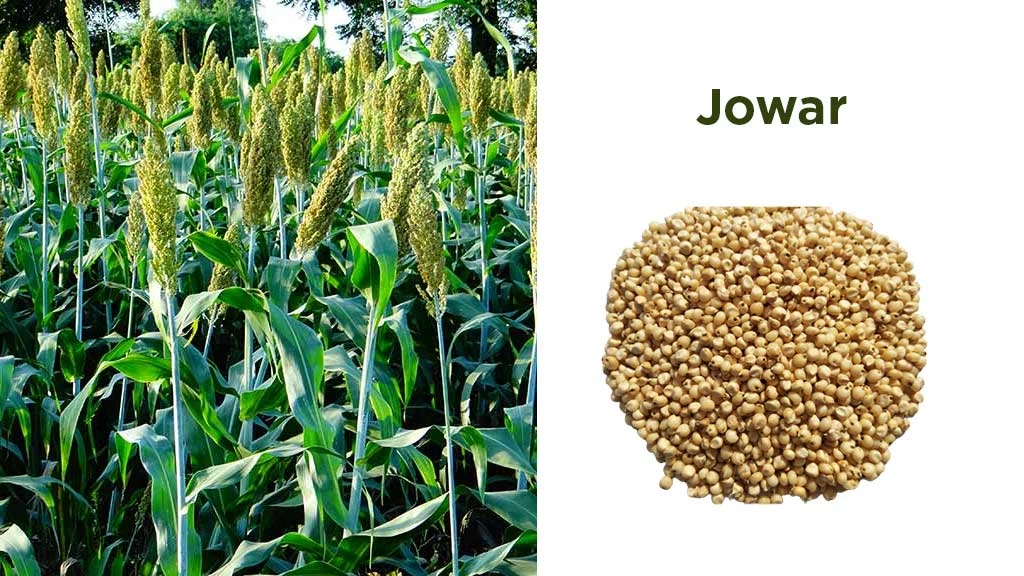
Jowar is also known as Sorghum, and its scientific name is Sorghum vulgare. Due to its whole-grain goodness and being gluten-free, it is known worldwide as the ‘new quinoa’.
It is the second most important millet grown in India. In 2022-23, its share in total millet production was 22%, and Maharashtra is the leading producer of Jowar in India. Other states where Jowar Farming is prevalent are Karnataka, Tamil Nadu, Rajasthan and Andhra Pradesh.
Ragi
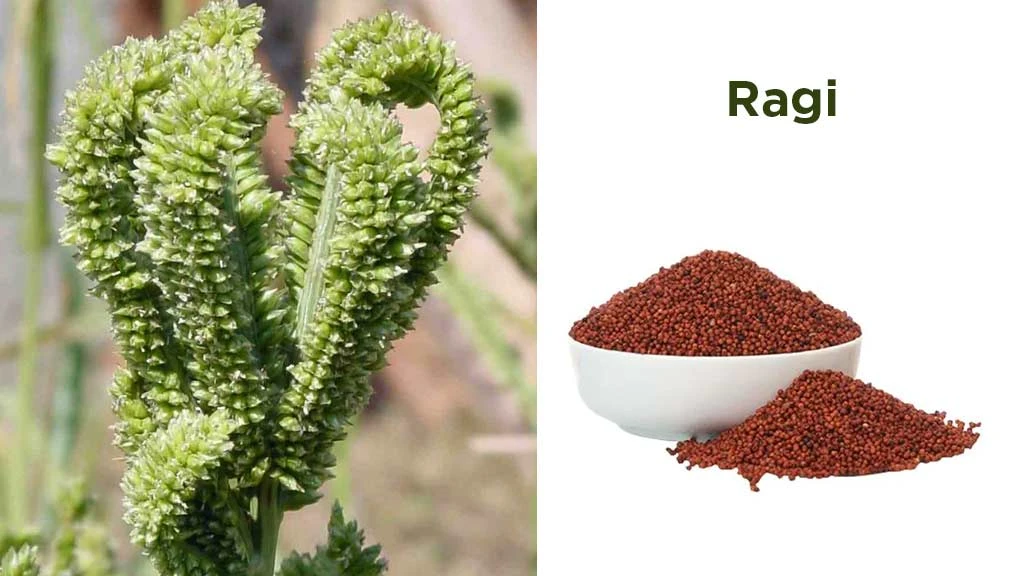
Ragi, also known as finger millet, is scientifically named Eleusine coracana. Ragi cultivation requires red loamy soil to sandy loamy soil. In 2022-23, it contributed around 10% to the total millet production in India. Karnataka is the leading producer of ragi in the country, and India is the world's leading producer of ragi.
Kodo Millets
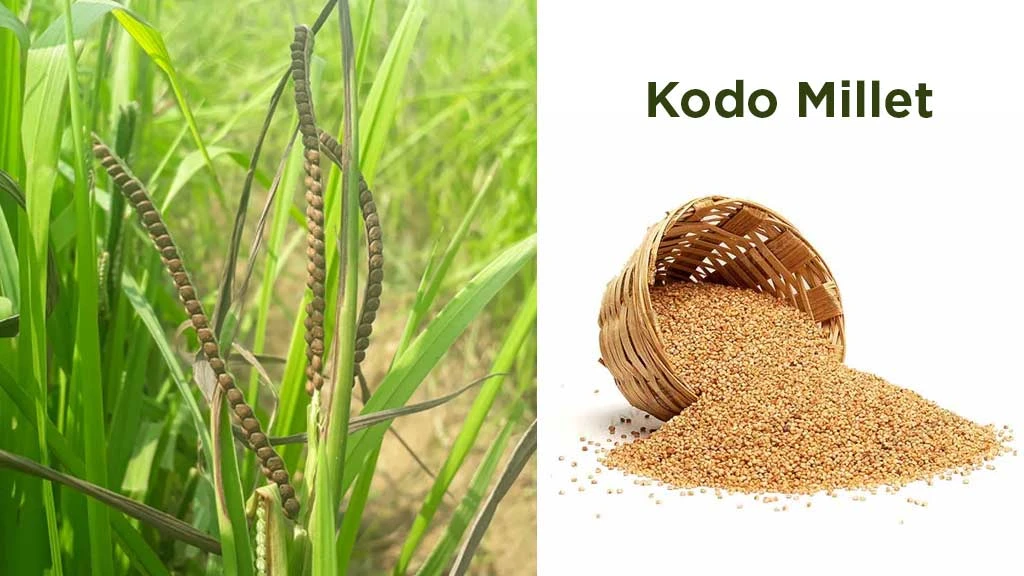
The scientific name of Kodo millet is Paspalum scorbiculatum, and it is pinkish in colour. It grows mainly in the Deccan plateau regions of the country and extends to the foothills of the Himalayas. The phosphorus content is lowest in Kodo millets compared to other millets. Further, it is rich in antioxidants.
Barnyard Millet
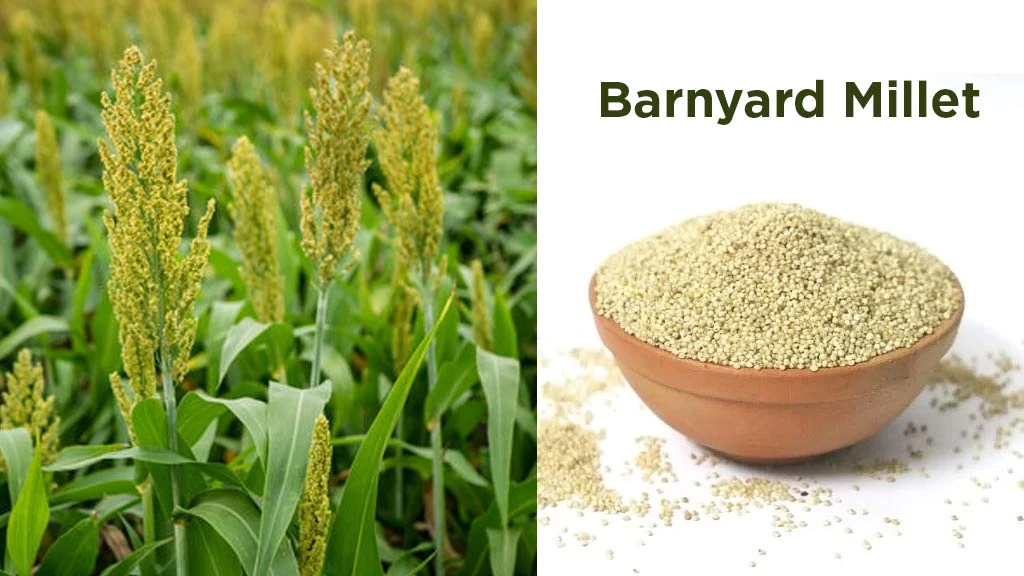
It is also called Sanwa or Jhangora, and its scientific name is Echinochloa esculenta. It is a short-duration crop that can grow in challenging environmental conditions. It is valued for its high nutritional content and low cost of cultivation. It is rich in micronutrients like zinc and iron.
Foxtail Millet
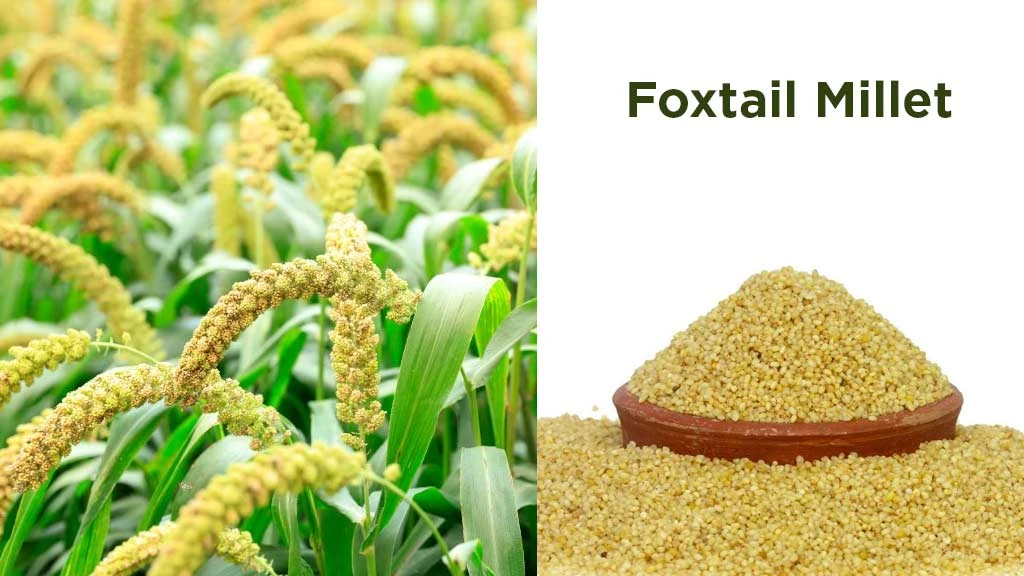
It is also known as Kangani or Kakun, and its scientific name is Setaria italica. Foxtail millet has the highest protein among all the millet varieties. It is mainly grown in Andhra Pradesh, Karnataka, Tamil Nadu, and Maharashtra.
Proso Millet
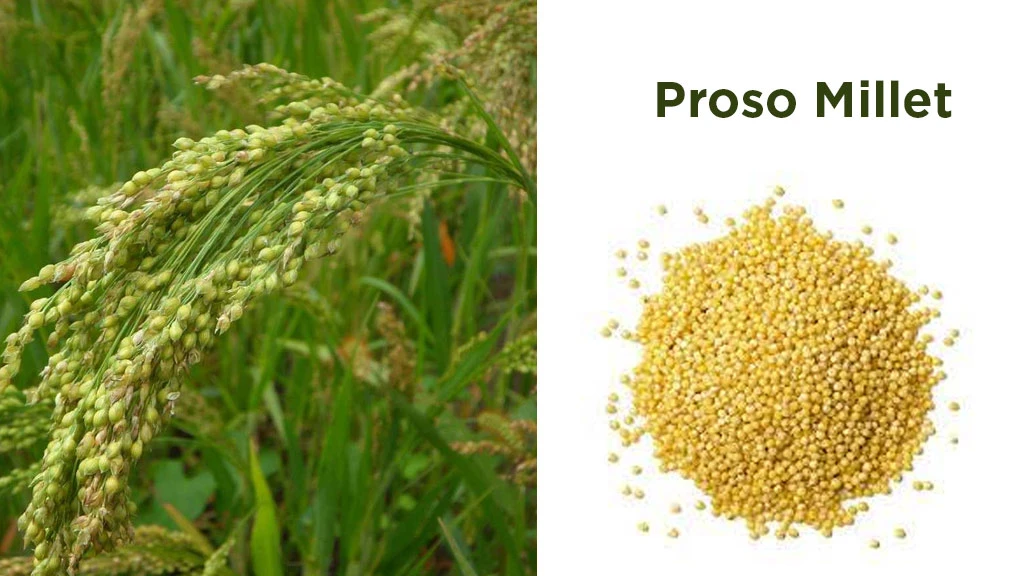
Proso Millet, also called Cheena, is a plant with the scientific name Panicum miliaceum. It is used for a variety of purposes, such as human consumption, bird feed and ethanol production. It is a rich source of vitamins, minerals, and essential amino acids.
Little Millet
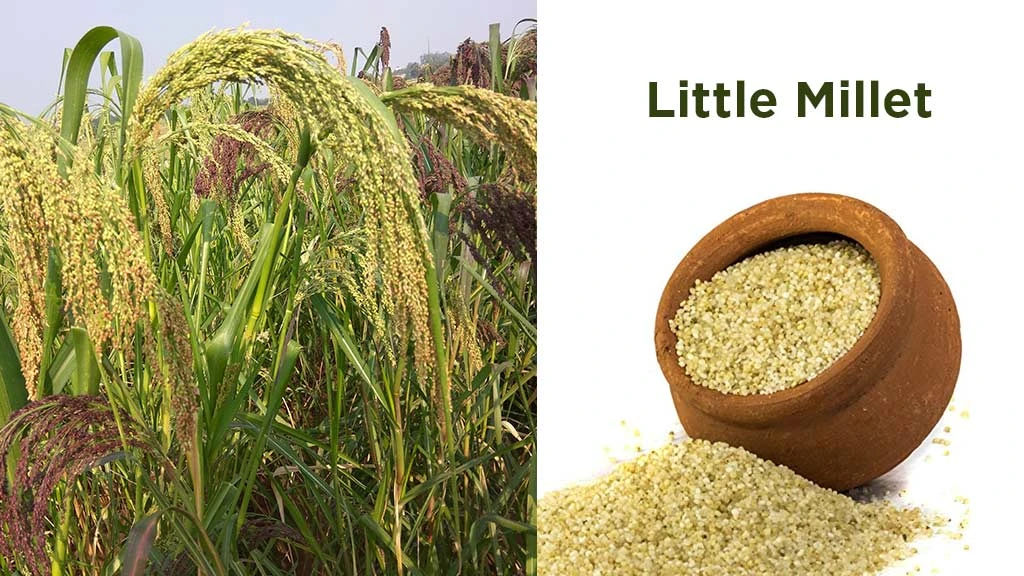
Little Millet is also called Kutki, and its scientific name is Panicum miliare. This millet type is rich in nutrients like iron, calcium and fibre. It is a minor millet grown in regions with altitudes of 2100 m. It is a twin of proso millet, but its seeds are much smaller.
Browntop Millet
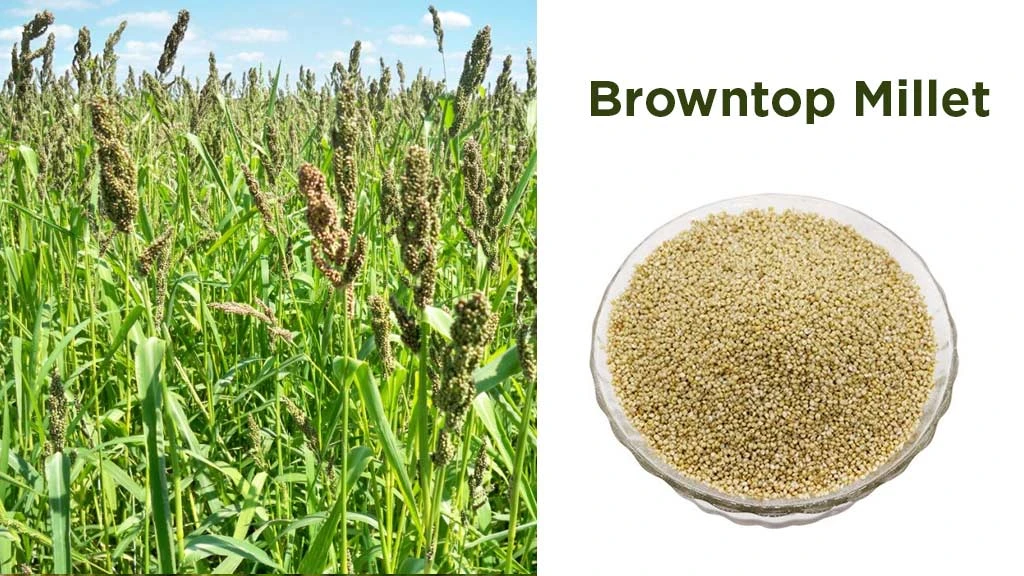
The scientific name of Browntop Millet is Urochloa ramosa, and its colour is greenish with brown at the top. It requires medium water to medium sunlight for its growth. A soil with a pH value of 5.5 – 8.0 is ideal for its cultivation.
What are the Top Millets Producing States in India?
Rajasthan is the largest millet-producing state in India, with a production of 56.74 lakh tonnes. See the table below to know the top millet producing states in India in 2022-23.
|
States |
Production (in lakh Tonnes) |
Area under Cultivation (in lakh hectares) |
Share in total production (in %) |
|
Rajasthan |
56.74 |
52.12 |
32.75 |
|
Uttar Pradesh |
26.98 |
11.55 |
15.57 |
|
Karnataka |
17.49 |
15.27 |
10.09 |
|
Maharashtra |
17.15 |
20.35 |
9.90 |
|
Madhya Pradesh |
12.68 |
6.05 |
7.32 |
|
Haryana |
11.94 |
5.53 |
6.89 |
|
Tamil Nadu |
6.23 |
4.90 |
3.59 |
|
Gujarat |
4.51 |
5.52 |
2.60 |
|
Andhra Pradesh |
3.90 |
1.33 |
2.25 |
|
Uttarakhand |
1.61 |
1.15 |
0.92 |
Rajasthan has the largest millet production and the largest area under its cultivation. However, in terms of productivity (yield kg per hectare), Andhra Pradesh is the number one state, followed by Gujarat and Haryana.
Millets as a Key to Ensuring Food Security in India
Due to numerous health and economic benefits, millets are now considered a key to ensuring food security in India. To tackle malnutrition in India and achieve the ‘zero hunger’ goal by 2030 under the UN Sustainable Development Goal, the Indian government has prioritised millet production and its consumption. These initiatives include:
- Making the Indian population aware of the health benefits of millets under the UN International Year of Millets 2023.
- Rebranded millets from 'Coarse Cereals' to 'Nutri Cereals'.
- Declared 2018 as the National Year of Millets to promote the demand generation of millets.
- Promoting millet production as part of the National Food Security Mission (NFSM).
Frequently Asked Questions On Millet Production in India – Types and Top Millet-Producing States
1. Which state is the largest producer of millets in India?
Rajasthan is the largest producer of millets in India.
2. What are the top 5 millets in India?
Bajra, Jowar, Ragi, Foxtail, and Kodo are the top 5 millets produced in India.
3. Which Millet has the highest protein?
Foxtail millet, also known as Kangani, has the highest protein.
4. Which states grow ragi in India?
Karnataka is the leading producer of ragi in India.
5. Which state produces bajra in India?
Rajasthan is the number one producer of bajra in India.


Related Blogs















